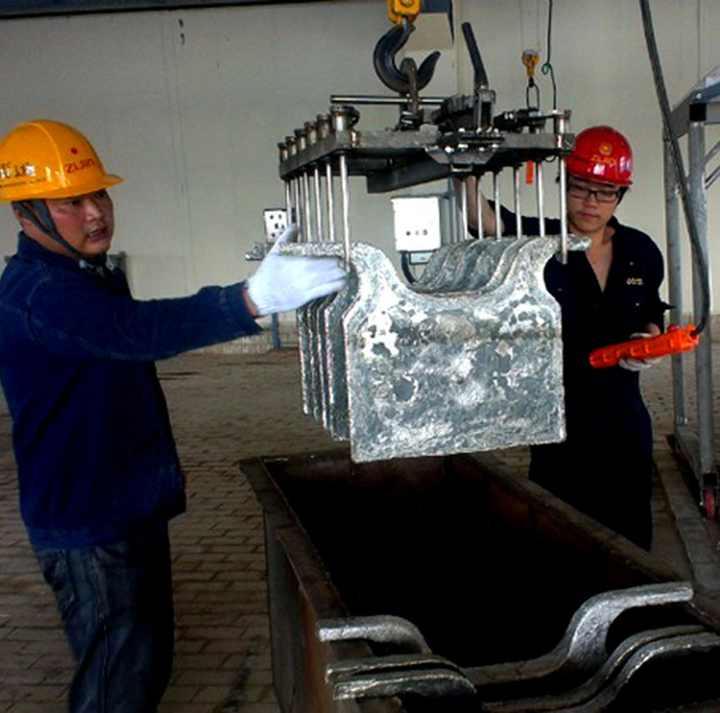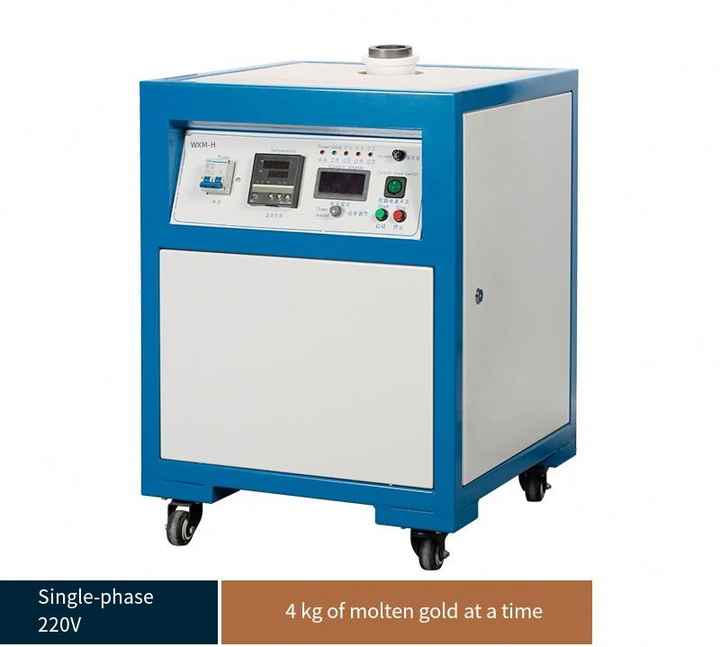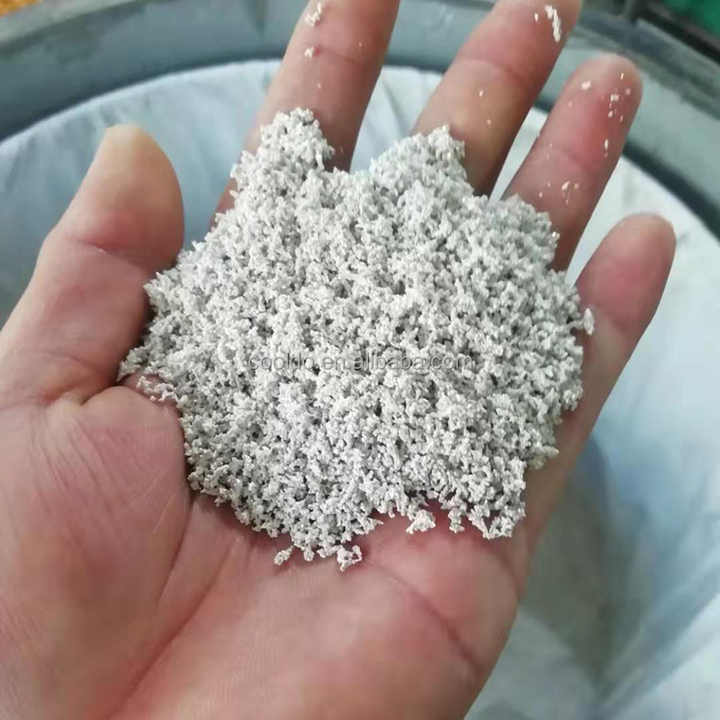refining silver coins


Refining Silver Coins A Step-by-Step Guide
Refining silver coins is an essential process for those looking to purify and recover silver from their coin collection or from old, worn-out coins. This process is beneficial for collectors, investors, and hobbyists who wish to reclaim silver from coins that may have been damaged or are no longer in circulation. This article provides a detailed overview of refining silver coins, including the equipment needed, the refining process, and safety considerations.

Understanding Silver Coin Refining
Silver coin refining involves extracting pure silver from coins, which are often alloyed with other metals. The goal is to separate the silver content from these impurities to produce high-purity silver that can be reused or sold. This process requires careful handling and the use of specific techniques to ensure the quality and purity of the final product.
Equipment and Materials Needed
1. Safety Gear
Safety is crucial when working with chemicals and high temperatures:
- Protective Gloves: To handle materials safely and avoid burns or chemical exposure.
- Safety Goggles: To protect your eyes from splashes and fumes.
- Respirator Mask: To avoid inhaling harmful fumes or dust.
- Lab Coat or Apron: To protect your skin and clothing from chemicals.
2. Refining Equipment
Essential equipment includes:
- Crucible: A heat-resistant container for melting the silver coins.
- Furnace or Torch: To heat the crucible to the necessary temperature for melting silver.
- Stirring Rod: For mixing the molten silver and flux.
- Tongs: To handle hot crucibles and molds safely.
- Molds: For pouring and shaping the refined silver into bars or ingots.
3. Chemicals and Fluxes
- Flux: Fluxes like borax or soda ash help to remove impurities during the smelting process.
- Acids: Nitric acid is commonly used to dissolve other metals from the silver, while hydrochloric acid may be used to precipitate silver from the solution.
The Refining Process
1. Preparation of Silver Coins
- Cleaning: Clean the silver coins to remove any dirt, oils, or residues. This ensures that the refining process is effective.
- Sorting: Sort coins based on their silver content and alloy. Silver coins typically contain a high percentage of silver but may be alloyed with other metals such as copper.
2. Melting Silver Coins
- Set Up Furnace: Prepare your furnace or torch to reach temperatures capable of melting silver, approximately 962°C (1,764°F).
- Add Flux: Place the coins in a crucible and add flux. The flux helps to clean the silver and bind with impurities to form a slag that can be removed.
- Heat the Crucible: Melt the coins in the furnace. Stir the mixture occasionally with a stirring rod to ensure even melting and thorough mixing of the flux.
3. Pouring and Solidifying
- Pour the Silver: Once melted, carefully pour the molten silver into molds to form bars or ingots. This step should be done with caution to avoid spills and burns.
- Cooling: Allow the silver to cool and solidify in the molds. Once cooled, remove the refined silver from the molds and inspect it for quality and purity.
4. Acid Refining (Optional)
For further purification:
- Dissolution: Dissolve the silver in nitric acid to separate it from other metals. This involves adding silver to a nitric acid solution and allowing it to react.
- Filtration: Filter the solution to remove non-silver metals and impurities.
- Precipitation: Add hydrochloric acid to precipitate the silver from the solution as silver chloride, which can then be reduced to pure silver.
Benefits of Refining Silver Coins
- Purity: Refining improves the purity of silver, making it suitable for investment or resale.
- Resource Recovery: Allows for the recovery of silver from old or damaged coins, reducing waste.
- Educational Experience: Provides hands-on learning about metal purification and refining techniques.
Considerations and Challenges
- Safety: Handling chemicals and high temperatures requires strict safety precautions.
- Cost: Initial setup costs for equipment and chemicals can be significant.
- Complexity: The refining process requires a good understanding of metallurgy and chemistry to achieve high purity.
Refining silver coins at home is a rewarding process for those interested in recovering and purifying silver from old or damaged coins. By following the steps outlined in this guide—preparing the coins, melting them with flux, pouring into molds, and optionally using acid refining—you can successfully produce high-purity silver. While there are challenges, including safety concerns and equipment costs, the benefits of purifying silver and the educational value make refining silver coins a valuable and worthwhile endeavor.















